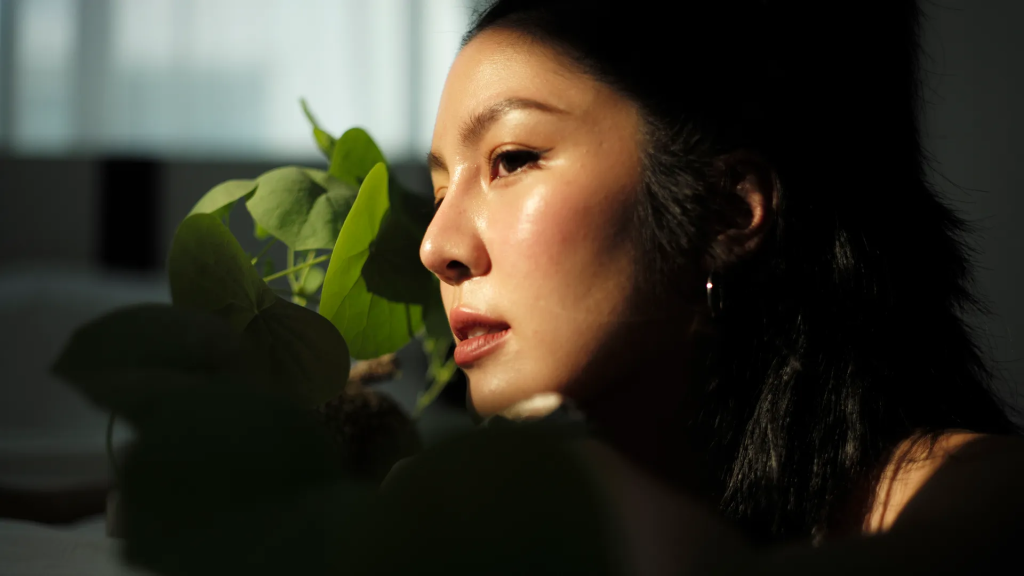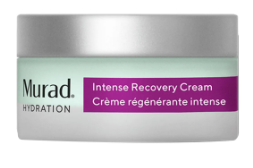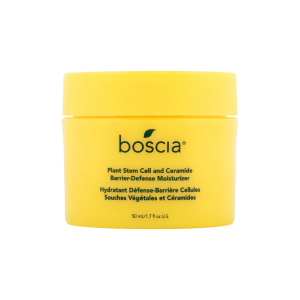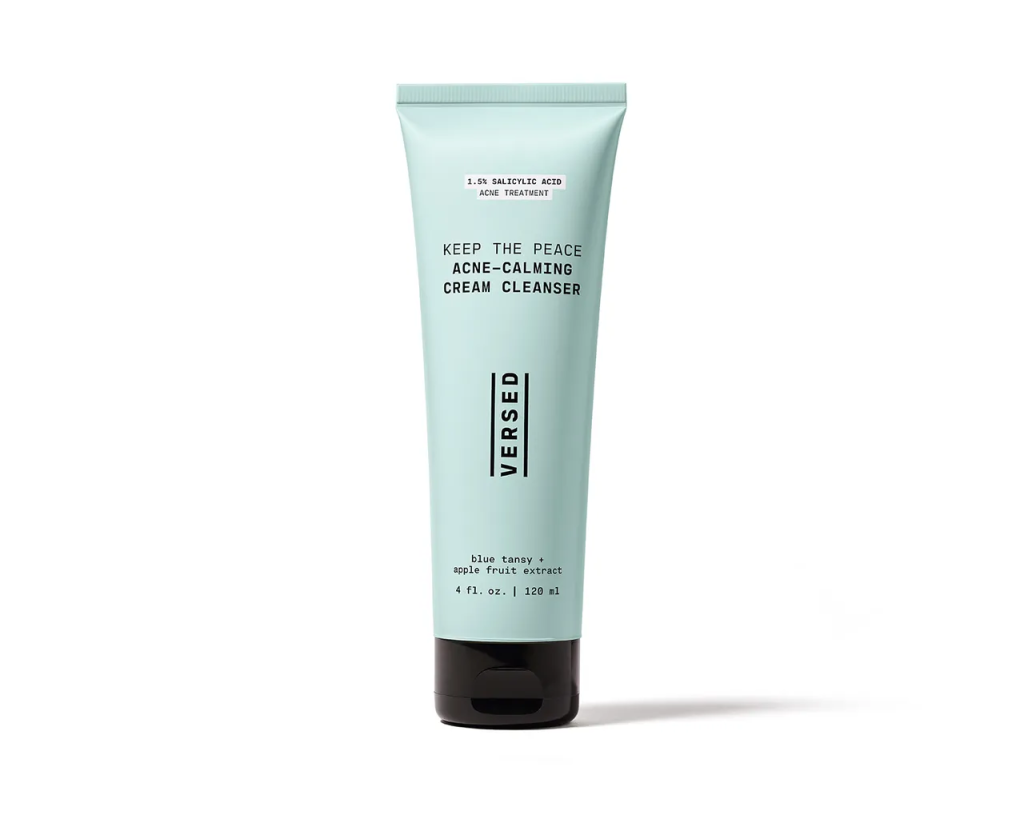Experts share how to wash your face, moisturize, and get rid of blackheads while your nose heals.

A freak accident recently left my nose about as injured as it could get without officially breaking. For two weeks, I had to wear bandages on it while the cuts and bruised cartilage healed. My skin-care routine was never neglected throughout the process, though. Every morning and night, I painstakingly washed my puffy, bruised face and delicately spread on my favorite serums and moisturizers like the finest butter on the fluffiest piece of toast to keep my complexions glowing.
All the while, my thoughts were with all the people trying to do the same after a rhinoplasty or those who have fully broken their noses. Any sudden movement or excessive pressure caused my wounded schnoz extreme pain, so I could only imagine how hard navigating their own skin-care regimens may be. “The face will be puffy and irritated, and many will notice their nose will be become temporarily oily due to the cast and taping,” says Sheila Farhang, M.D., a board-certified dermatologist in Arizona.
In true beauty editor fashion, I felt compelled to ask board-certified dermatologists, including, but not limited to, Dr. Farhang, and a dual-certified plastic surgeon for the best tips for adjusting your skin-care routine for rhinoplasty recovery in the most gentle-but-effective ways.
1. Cleanse With Caution
When I wash my unscathed face, I splash water on it, nose first, and work outward before rubbing on cleanser. (All the star-studded Neutrogena commercials I saw growing up probably subconsciously cemented that method into my brain.) However, once bandages and abrasions covered the middle of my face — the prime splash zone — my typical cleansing technique became obsolete. Luckily, Whitney Bowe, M.D., a board-certified dermatologist in New York City, offered up an easy, post-nose injury face washing alternative to avoid getting bandages and casts wet.
First, soak a cotton pad, like the biodegradable, lint-free White Rabbit Naked Cotton Classic, or a reusable cloth with a gentle micellar water. (Both Dr. Bowe and I favor the Bioderma Sensibio H2O Micellar Water.) Then, you can carefully sweep it onto the skin around your bandages to remove any grime and excess oil on your face. “You do not want to get your bandages wet or splash the skin post-surgery, so it’s safer to just use micellar water as a single step post-op,” Dr. Bowe explains.
For those who have face wipes around, Eunice Park, M.D., a facial plastic and reconstructive surgeon in Long Island, New York, approves of them for the first five to seven days post-rhinoplasty. Dr. Farhang agrees, adding, “I am not opposed to wipes when used in desperate measures,” she says. “I just don’t think people should use them daily.”
Once your bandages are off, you can get water and face wash involved. A mild, fragrance-free formula, like the Best of Beauty-winning La Roche-Posay Toleriane Hydrating Gentle Cleanser, is crucial. “Your skin will likely be especially sensitive during this healing time,” Dr. Bowe says. “Therefore, your cleanser should be a pH-balanced, water-based cleanser that doesn’t leave skin feeling tight or dry.” Dr. Park even created her own face wash to give to her patients as they transition back into their usual skin-care routine. If you’re interested, the Airem Canvas Hyaluronic Cleanser combines hyaluronic acid with allantoin for soothing hydration.
Instead of rubbing the face wash directly onto wet skin, consider adding a pump or two onto a soft, reusable cloth or cotton pad instead. Next, dampen it with warm — not hot — water, and wring out any excess water, Dr. Bowe says. Then, gently wipe your skin around the bandaged area, which is sure to be tender and swollen, and avoid tugging at it as you do so. Finally, remove the cleanser with a separate moistened cloth or pad, and pat dry with a clean towel, she adds.
2.Make Moisturizing Your Mission
Once your skin is fresh and clean, you can grab a fragrance-free moisturizer and slick it with clean fingertips and a featherlight touch. Pressing too hard could cause bones to shift, Dr. Farhang says. Also, be sure to avoid getting product too close to your bandages as you pat them on, Dr. Park adds.
If you’re unsure which moisturizer to use, Dr. Bowe suggests looking for one infused with at least three of the following ingredients for optional skin healing: ceramides, glycerin, squalane, hyaluronic acid, and sunflower seed oil. (More information can be found in the Allure Ingredient Index.) The Best of Beauty-winning Murad Intense Recovery Cream is an outstanding option, as well as the product below.

Murad Intense Recovery Cream

Boscia Plant Stem Cell and Ceramide Barrier-Defense Moisturizer
After your bandages are off, you’ll want to slather on a lightweight barrier repair cream to aid with the healing process and your overall complexion health. “The bandages alter the balance of healthy bacteria on your skin, also known as the microbiome, so you’ll want to restore it,” Dr. Bowe says. The Boscia Plant Stem Cell and Ceramide Barrier-Defense Moisturizer and Kinship Supermello Hydrating Gel-Cream Moisturizer, in particular, have dreamy mousse-like textures.
3. Treat Blackheads With Care
I’m sorry to break this to you, but blackheads, unfortunately, will take over your nose once its released from the confines of bandages. According to the dermatologists I interviewed, blackheads are incredibly common post-rhinoplasty because sebum gets clogged in your nose’s pores underneath the bandages and oxidizes to become those annoying black, strawberry seed-like spots.
Whatever you do, please do not pick at the blackheads. Your nose is already going through a lot. If you’re not going to listen to me, heed Dr. Park’s warning instead: “Extracting or squeezing blackheads around the nose should be avoided for about one-month post-rhinoplasty,” she says, noting that this includes getting such done via a facial. “It is critical to avoid placing excess pressure on the nose for the first two weeks after rhinoplasty, too.”
Dermatologists also strongly caution against scrubs, pore strips, and harsh chemical exfoliants because, again, your skin is extremely sensitive and needs to heal. Also, “avoid using facial devices, such as microcurrent or gua sha, in the first two to four weeks post-surgery,” Dr. Park adds.

Versed Keep the Peace Acne-Calming Cream Cleanser

Peach & Lily Power Cocktail Lactic Acid Repair Serum
Instead, focus on keeping your skin nourished with the moisturizers above for several weeks after your surgery or injury, Dr. Bowe says. Patience is more crucial than ever. After a month or so, you can address those pesky blackheads by slowly reintroducing acids into your skin-care routine. Start off with a salicylic-based cleanser to help unclog the pores on your nose, Dr. Farhang adds. (Allure editors love the Versed Keep the Peace Acne-Calming Cream Cleanser.) Then, you can upgrade to retinols and gentle exfoliants about three to four weeks after your bandages are off, Dr. Park says.
Dr. Bowe even has a “skin cycle” she recommends to her patients for optimal blackhead-banishing results. On the first night, incorporate AHAs, BHAs, and PHAs in the form of toner or serum. (The Renée Rouleau Pore + Wrinkle Perfecting Serum and Peach & Lily Power Cocktail Lactic Acid Repair Serum worked amazingly for me.)
The second night, set it aside in favor of a retinol, such as the L’Oréal Paris Revitalift Derm Intensives 0.3% Pure Retinol Serum or Agency Future Formula, which is my personal favorite.
Then, for the next two nights, put both exfoliants on pause, and only layer on your preferred fragrance-free moisturizer. On night five, you can begin the cycle again.
4. Don’t Skip SPF
“After injury or rhinoplasty, the skin around your nose may not only be especially sensitive to skin-care ingredients, but it may also be especially sensitive to UV rays,” Dr. Bowe says. Your doctor probably warned you to avoid direct sun exposure for a bit, she adds. In the meantime — and as always — you should wear a non-comedogenic, mineral-based sunscreen on a daily basis.
Even though you may be spending several days resting in bed, Dr. Farhang mentions UV rays still can be transmitted through windows. Try the EleVen by Venus Williams Sun Serum SPF 35 or Coppertone Pure & Simple Sunscreen Lotion for Face SPF 50, if you need some new SPF recommendations.
Most of all, “you will most likely be tired in bed, so it’s OK to pass up on your full skin-care routine,” Dr. Farhang says. Also, “the fewer products, the better so the bandages don’t start peeling back.”